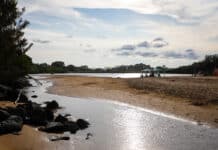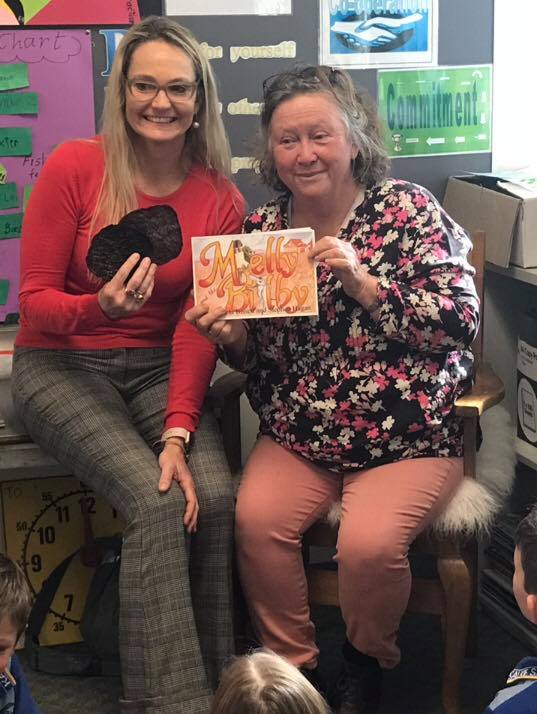
An artist is exploring the beauty of plankton under a microscope, made from Kombucha film, and how it could help save our planet from pollution in her Plea for Plankton exhibition.
Zela Bissett is showcasing the installation at Bundaberg Regional Galleries from Friday and said her works were based on electron microscope images of the spherical skeletons of phytoplankton.
“They are intricate, beautiful spherical forms which have been used as the form for pieces made from both hand-made paper and Kombucha film,” she said.
“Kombucha film is essentially a bioplastic formed from the SCOBY (Symbiotic Colony Of Bacteria and Yeast), also known as the “mother,” or “mushroom” which generates the popular cultured drink, Kombucha.
“It can be moulded into the desired shape, and for this exhibition I have created a range of plaster moulds based on the shapes of various coccoliths (plankton exoskeletons).”
Bissett said when dried, the pellicle (fleshy growth on top of the culture) was surprisingly strong, flexible and translucent.
Plea for Plankton message
Bissett said her work was deeply connected to environment and in particular to issues related to increasing ocean acidification.
A Plea for Plankton explores the feasibility of replacing petrochemical based plastics with biodegradable plant-based versions.
“The works use the moulded kombucha bioplastic in order to make a statement about the exponential increase in humanity’s plastics footprint and to encourage creative alternatives to petroleum based plastics,” Bissett said.
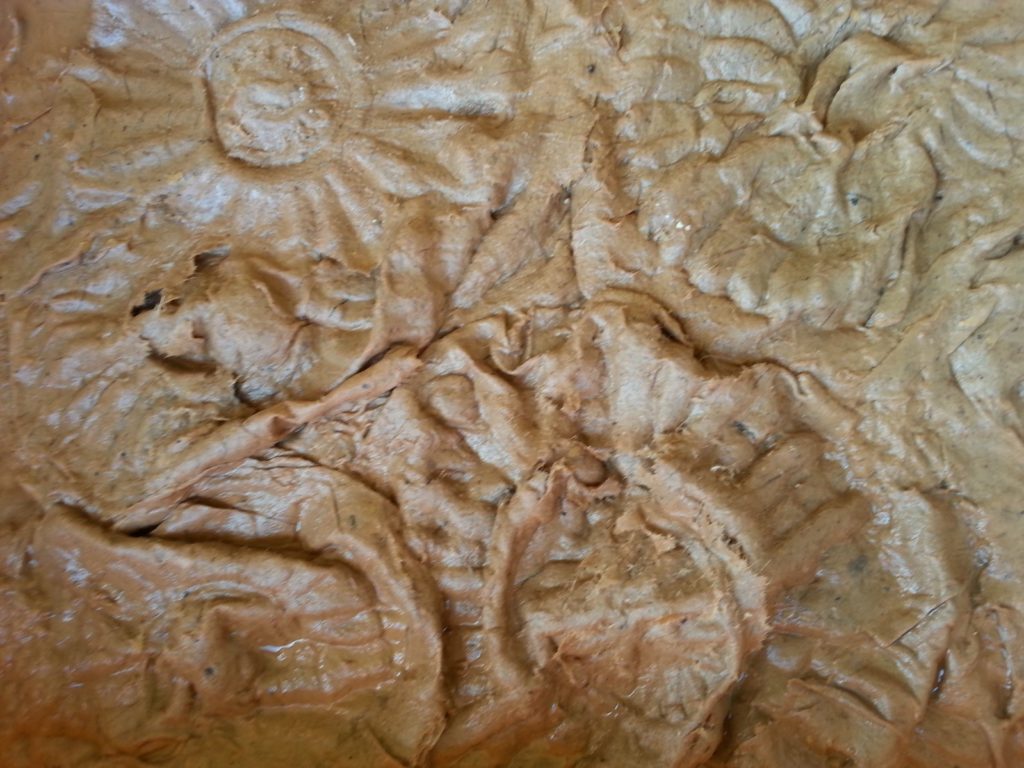
“My work for this exhibition centres around the theme of ocean pollution and seeks to communicate the fact that in ocean regions such as the North Pacific Gyre, plastics particles now outnumber plankton by several hundreds to one.
“The implication is that some aquatic filter feeders are now consuming more plastic that plankton, and the long-term effects of this on ocean food chains are unknown.”
How it works
Bissett said works constructed of bioplastic Kombucha film were moulded and assembled to suggest that plastics can be made of biodegradable materials which would not have harmful impacts on our oceans or those who consume ocean products.
“Other works target the use of synthetic rope and nets, which are being washed up on beaches all over the world,” she said.
“Twine made from a variety of easily available plants shows that we can use natural fibres in marine applications in place of the destructive plastics causing some much harm to marine animals, and indirectly, to ourselves as sharers of planet Earth.”
History of plankton
Bissett said when 19th-century British biologist Thomas Henry Huxley first put seafloor mud under a microscope, he found tiny round and oval particles in abundance.
“Not knowing what they were, he dubbed them coccoliths, based on the Greek words for “seed” and “stone,” she said.
“Only later would scientists learn that coccoliths are calcite plates that surround some species of phytoplankton like armor.
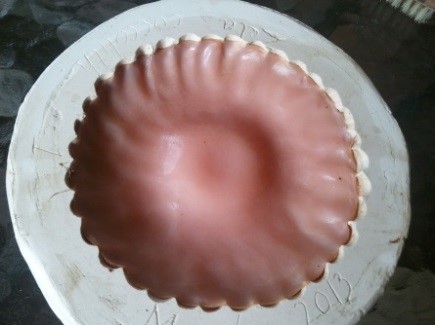
Kombucha pellicle drying in plaster coccolith mould 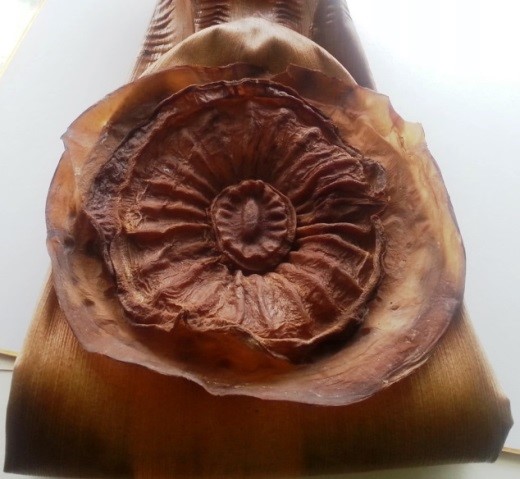
Kombucha assemblage with palm frond. 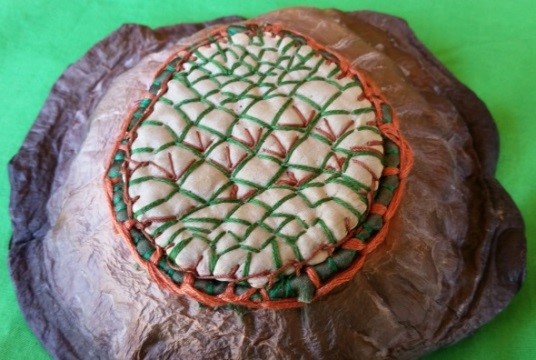
Dried kombucha pellicle with embroidered silk bunya motif.
“Today, more than 100 years after Huxley, teams of researchers are still unravelling the role phytoplankton play in creating the air we breathe, the food we eat, the fuel we burn, even the ground we walk on.”
Plea for Plantkon will showcase at BRAG from Friday, 28 June to Sunday, 18 August.
It will coincide with a Kombucha Tasting event on Thursday, 11 July from 3pm in Gallery Park.
- Related stories: Gin Gin bush pastels artist takes Aussie art to China

